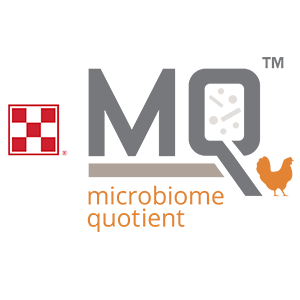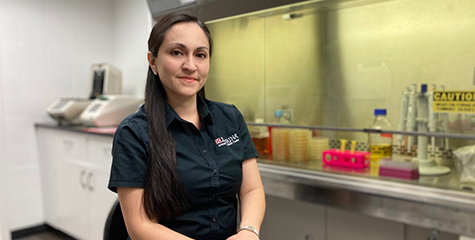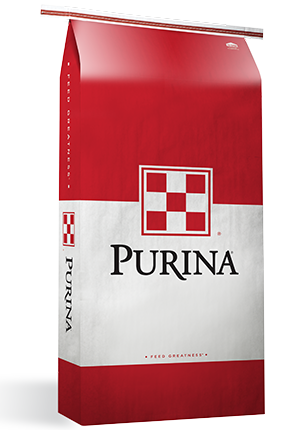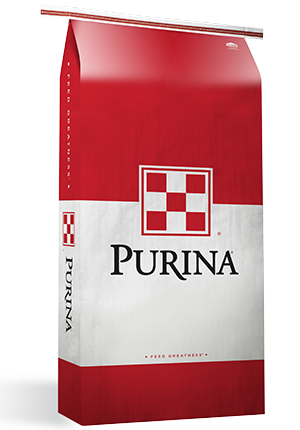
Microbiome Holds Clues to Solving Turkey Disease Challenge
Nutrition : Nutrition
Management : Management
Celluitis is among the top five turkey disease challenges in commercial production. Its prevalence has increased in recent years causing significant economic losses across all geographic regions in the U.S.
 Disease onset and subsequent mortality is rapid, making the disease characterization difficult. Cumulative mortality can be high; tom turkeys are the most affected and often die quickly without showing any signs of illness. The economic impact is substantial because birds typically develop the disease late in production.
Disease onset and subsequent mortality is rapid, making the disease characterization difficult. Cumulative mortality can be high; tom turkeys are the most affected and often die quickly without showing any signs of illness. The economic impact is substantial because birds typically develop the disease late in production.The emergence of new laboratory technologies gives us tools to work quickly and economically to study the potential microbiological causes of turkey diseases such as cellulitis. Accurately identifying the source of disease leads to the development of targeted and effective solutions.
For example, the team at the Purina Emerging Technology Center recently ran trials that identified an apparent co-infection of Clostridium species causing cellulitis in turkeys from flocks housed and managed by different integrators. Identifying a co-infection is interesting because C. septicum is often assumed to be the sole cause of cellulitis in turkeys. Finding this synergistic combination of Clostridium species in unrelated flocks explains why cellulitis might be so difficult to treat and emphasizes the importance of accurately characterizing a turkey disease challenge to accurately develop an effective targeted solution.
The value of microbiology to turkey production
Many bacteria require strict conditions (such as specific levels of O2, CO2 or pH) to grow, which makes their culture in the lab difficult. As tools like next generation sequencing (NGS) are improved and become economically feasible, the characterization of diseases such as cellulitis can be done quickly, accurately and at a low cost.Using NGS, we can study the bird’s microbiome, which is a population of microbes living in a specific environment (e.g. gastrointestinal tract). The microbiome includes beneficial bacteria that support bird health, as well as potential pathogens that can cause infection, and could impact turkey immune function and productivity.
We cannot replicate the complexities of poultry production in the lab, but we can see things not visible in the poultry house. Studying the microbiome gives us valuable information to develop customized solutions that optimize poultry productivity.
Comparing microbiomes of sick versus healthy turkeys
In the trials mentioned above, our team compared the microbiomes of healthy turkeys to those with cellulitis. We collected skin, ileum, cecum and subcutaneous tissue (SBT) samples from sick and healthy birds owned by two integrators and housed at sites with histories of cellulitis challenges. Control samples were also collected from non-affected (control) flocks for comparison.We studied the similarities among the microbial composition of the samples collected using principal component analysis; bacteria were taxonomically identified, and relative abundances were calculated for each group. Data showed similar trends between the microbiomes from sick, healthy, and control birds from both integrators.
In all groups, the four sample types (ileum, cecum, skin and SBT) were distinct, with unique microbial populations in each sample type. This supports the value of taking multiple samples from each bird to improve the microbial profile characterization.
The primary sample differences were in the ileum and SBT of sick versus healthy birds.
- Healthy birds had much higher populations of Lactobacillus, particularly in the ileum, than sick birds. Lactobacillus is typically identified as beneficial to a bird’s health.
- Sick birds, including those treated with antibiotics, had higher populations of Clostridium, particularly in SBT samples compared to healthy and control birds. Clostridium is typically a harmful microbe when out of balance with the rest of the population.
The systematic approach used in this study, combining bacterial culture and NGS (16s microbiome analysis) determined the cause of the turkey disease was a co-infection of C. septicum and C. perfringens. The results were similar in all diseased birds, despite being housed in different sites and managed by different integrators.
The next step is to use whole genome sequencing to analyze the C. septicum and C. perfringens strains isolated from these turkeys. The main goal is to identify genetic traits such as virulence and antimicrobial resistance to provide insight about the pathogen’s ability to thrive in these flocks. This information will allow us to develop customized solutions that help support an optimal microbial population.
Your customized solution
A customized solution can efficiently help maintain a balanced microbiome for optimal turkey productivity.Through the Purina® Microbiome Quotient™ service, we work side by side with your veterinarian, nutritionist and production team to identify a disease challenge, investigate the specific microbial cause and recommend customized solutions.
Are you interested in a customized solution? Contact our team today and ask about the Purina® Microbiome Quotient™ service.




